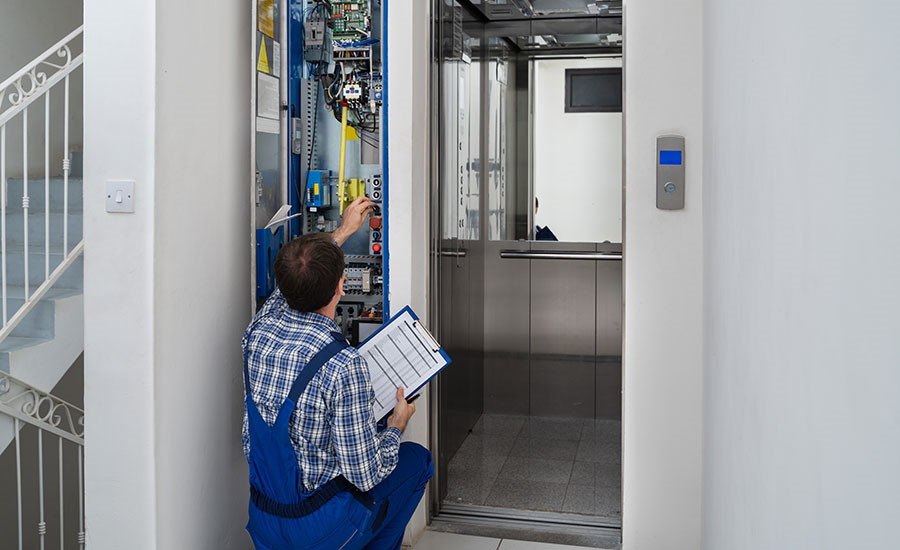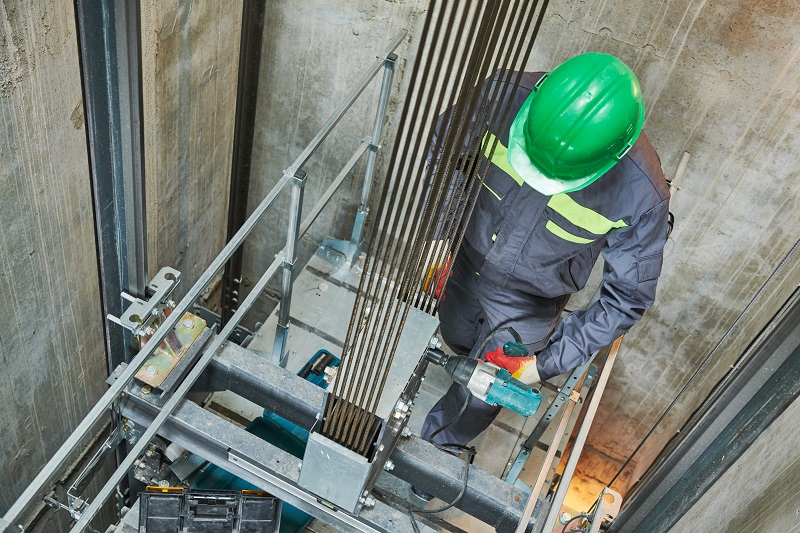Economical Lift Maintenance Repair: Keeping Your Lifts Running Smoothly
Economical Lift Maintenance Repair: Keeping Your Lifts Running Smoothly
Blog Article
Pro Tips for Maintaining Your Lift in Top Condition: An Extensive Review
Making sure the optimal performance of a lift system is crucial for a reliable and safe procedure in different settings, from commercial storehouses to commercial buildings. By adhering to a structured upkeep regimen and preemptively attending to potential issues, lift owners can alleviate pricey downtime and safety and security hazards.

Significance of Regular Upkeep
Routine upkeep of your lift is important to guarantee its optimal efficiency and long life. By sticking to a regular upkeep timetable, you can determine and address prospective problems before they escalate into costly repair services or unforeseen downtime. Regular maintenance tasks such as lubricating relocating components, evaluating for damage, and examining hydraulic systems can assist protect against breakdowns and guarantee risk-free procedure.
Neglecting routine maintenance not just endangers the performance of your lift yet likewise presents safety risks to individuals and building. Components that are not correctly preserved may fall short suddenly, leading to crashes or damage to the lift itself. Furthermore, dealing with concerns at an early stage via maintenance can expand the lifespan of your lift and minimize the possibility of significant failures.
Along with improving safety and performance, regular maintenance can likewise save you cash over time. By spending in preventative upkeep actions, you can stay clear of expensive fixings or substitutes that might develop from ignoring the maintenance of your lift. Generally, focusing on routine maintenance is important for making best use of the capability and long life of your lift system.
Leading Parts to Examine

Additionally, pay close attention to the lift's safety and security attributes, such as emergency quit buttons, safety and security sensors, and interlocking devices, to ensure they are working properly. Frequently check the lift shaft for particles or blockages that can impede the movement of the lift cars and truck. Lastly, do not neglect to analyze the doors, hinges, and door drivers to ensure smooth opening and closing procedures. By carefully inspecting these leading elements, you can catch possible problems early and ensure your lift stays in leading problem.
Proactive Repairing Strategies
By tracking metrics such as lift rate, motor temperature level, and energy consumption, upkeep teams can identify early indicators of potential problems and take corrective actions prior to they visite site rise. Furthermore, carrying out a precautionary maintenance schedule that includes lubrication of relocating parts, testing of emergency situation brakes, and calibration of sensors can proactively attend to common lift system problems.
Furthermore, buying training programs for maintenance team on troubleshooting methods certain to the lift design set up can equip them to identify and solve concerns quickly. By remaining in advance of possible troubles through proactive troubleshooting, lift operators can make certain a smoother and more trusted operation while decreasing the risk of unforeseen breakdowns.
Essential Lubrication Practices
Executing proper lubrication techniques is essential for making certain the smooth operation and durability of lift systems. Normal lubrication assists minimize friction between moving components, preventing wear and tear that can lead to costly repair work and downtime. Complying with a strict lubrication routine is crucial. when it comes to lift upkeep.
Choosing the best lubricating substance is the initial step in effective maintenance. Different parts of the lift system might require details kinds of lubricants, such as oil or oil. Speak with the manufacturer's standards to identify the appropriate lubricating substances for every part.

Frequently inspecting the problem of lubricated components is likewise essential. Seek indications of excessive wear, contamination, or poor lubrication. Deal with any problems promptly to stop further damages and make sure the ongoing smooth operation of your lift system. By prioritizing proper lubrication techniques, you can expand the life-span of your lift and enhance this link its performance.
Security Steps for Lift Operators
In order to preserve a secure functioning setting and promote operational performance, lift operators must rigorously adhere to recommended security procedures, together with focusing on essential lubrication practices for ideal lift performance. Safety and security measures for lift operators are essential to stop mishaps and make sure the smooth performance of the lift system.
Additionally, lift operators have to focus on personal protective tools (PPE) such as safety helmets, handwear covers, and safety harnesses when functioning at heights or taking care of heavy tons. Clear communication among drivers, maintenance professionals, and other employees is important to protect against misunderstandings that can result in crashes. Lastly, drivers should continue to be alert, focused, and prevent distractions while running the lift to make sure the safety and security of themselves and others in the area.
Conclusion
In conclusion, preserving a lift in top problem is essential for ensuring safety and efficiency in operations. Routine upkeep, comprehensive assessments of vital components, proactive troubleshooting, appropriate lubrication methods, and adherence to safety and security steps are crucial for prolonging the life expectancy of the lift and stopping accidents. By complying with these guidelines, lift operators can make sure the continued capability and security of their devices.
By sticking to an organized upkeep regimen and preemptively attending to possible concerns, lift proprietors can mitigate costly downtime and safety dangers. Frequently evaluate the lift shaft for particles or obstructions that could hinder the motion of the lift cars and truck.In order to maintain a safe functioning setting and promote functional efficiency, lift operators need to carefully stick to suggested safety and security methods, together with prioritizing important lubrication practices for optimum lift efficiency. Security measures for lift drivers are crucial to protect against crashes and make certain the smooth performance of the lift system. Routine maintenance, extensive assessments of essential components, proactive troubleshooting, proper lubrication techniques, and adherence to safety steps are crucial for prolonging the lifespan of the lift and avoiding mishaps.
Report this page